Eating indigenous and exotic foods can sometimes be scary. The new smells, textures and even proteins can sound unpalatable but when you give them a try, they can end up being your next favorite snack! So be brave and do as the locals do and try one of these exotic Colombian eats below. You’ll be glad you did.
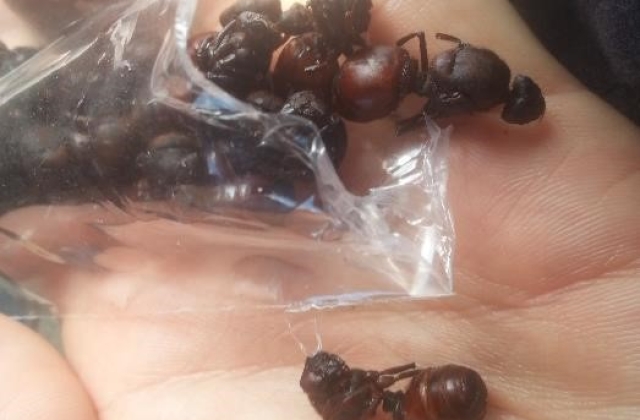 photo by ilf_ via Flickr
photo by ilf_ via Flickr
Hormigas Culonas
Literally translating into english as “Big-assed ant,” these large female leaf cutter ants are considered delicacies in Colombia. They are harvested for about 9 weeks a year during the raining season when the ants are travelling from one nest to the other. And the locals have become specialists of collecting the queens and female workers – the only ones that are edible.
For first-timers, it’s recommended to eat the salt-covered roasted versions as they are akin to pork rinds. Fancy restaurants even place these little guys on top of filet mignon steaks as well as sauces. Culturally, these ants are a popular wedding gift as they are both quite expensive as well as known to be aphrodisiacs.
Fun fact: The part that makes these guys crunchy and delicious are the egg sacs. This is why only the females are edible. Also, some places will only sell the bodies whereas others will sell the whole ant. Yum!
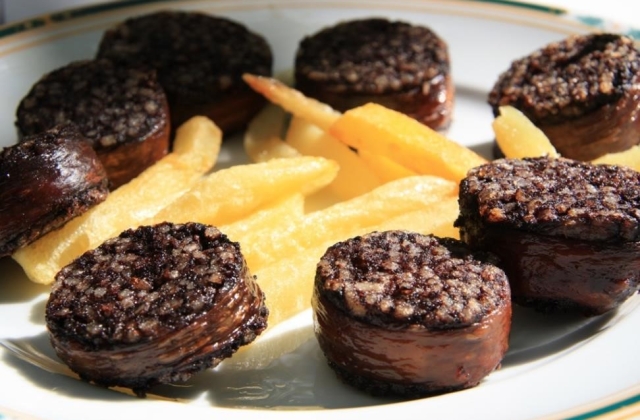 photo by Javier Lastras via Flickr
photo by Javier Lastras via Flickr
Morcillas
Morcillas, also known as Spanish blood sausage is one of the tastiest, yummiest exotic foods. Widely available in the States, just like chorizo, the odds are that you’ve probably had a taste of this sausage already. Birthed from the Spanish ideal of using all of the pig during a slaughter, the morcilla is actually the first sausage to be made from the pig.
The blood is drained into bowls before it’s carried to the kitchen where spices like paprika and garlic are added. Then, depending on the region, other filler items like rice, noodles or other starches and veggies are then added to thicken up the mixture. After all the goodies are added, the blood is then ladled back into casings where it’s then left to hang and cure until it solidifies.
Best served cut into slices and fried up in a pan with a bit of olive oil, morcillas are a popular tapa as well as breakfast food. Crumbled up pieces are also a favourite for use in soups and stews for the winter season. In Colombia, expect to enjoy morcilla in an appetiser called “picada” or alongside traditional dishes like “Bandeja Paisa”. Inside the casing, the ingredients are usually a variation of green peas, cilantro and rice mixed with the blood.
Fun fact: Most countries around the world have their own version of blood sausage. However, the flavor profile of the Colombian morcilla is very palatable. For instance, if you’re not a fan of England’s black pudding, that doesn’t automatically mean that you won’t like morcilla as they do taste completely different.
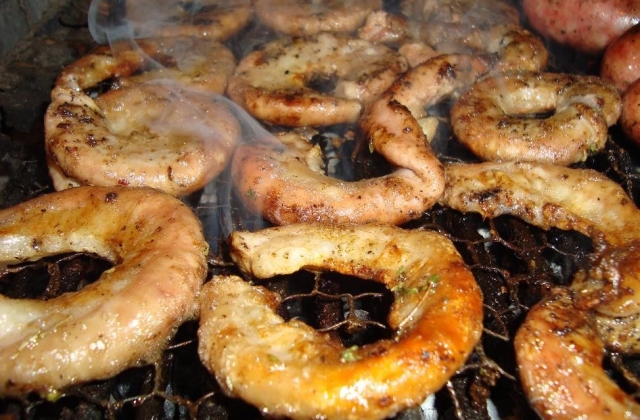 photo by Sebastian Bassi via Creative Commons
photo by Sebastian Bassi via Creative Commons
Chunchullo
The Colombian version of chitlins , these fried or roasted beef small intestines are often the first appetizers to be served during a backyard barbecue or house party. Served hot and crispy, chunchullo is considered a delicacy because it takes a trained hand to properly clean and prepare the intestines for safe and delicious human consumption.
Just like morcillas, chunchullo was born from the idea that every part of an animal is to be used as the idea of wasting any part of an animal is highly looked down upon. A popular street food, the magic in chunchullo is of course in the various marinades that are used in preparation. Ingredients like garlic, onion and pepper are the base of various marinades; with flavors like these, it’s no secret why chunchullo is a delicious treat.
Fun fact: Chunchullo should be eaten hot straight off the grill. If left to cool down to room temperature, the chunchullo will take on a gummy texture instead of being the intended traditional crispy goodness.
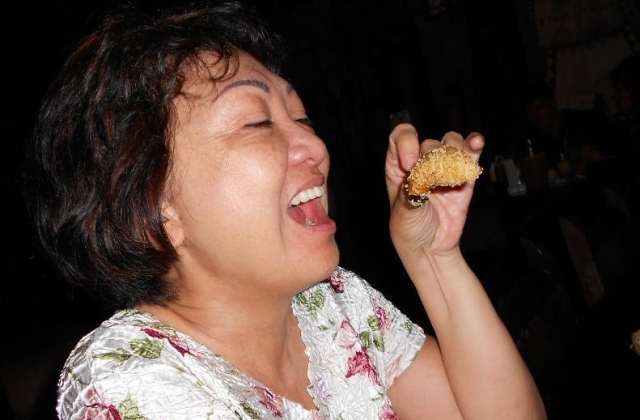 photo by Conrad Cuesta
photo by Conrad Cuesta
Mojojoy
Last but definitely not to be missed is mojojoy or the larvae of a palm weevil. Often seen in movies as little mealworm-looking things crawling around in a clear garlic butter sauce, the taste of these little guys is actually far more delicious.
Traditionally served raw, these little guys also come fried, grilled, baked or stuffed . Curious as to how they taste? Rich, buttery and melt-in-your mouth are what most people describe them as. Regardless if they’re your jam or not, they are an iconic food staple for indigenous Amazonian tribes. The oily insides are also used for medicines in the community to help treat illnesses and allergies.
Fun fact: mojojoy is one of the most iconic Colombian foods however most people have never tried it as it’s an acquired taste and experience.
Good Eats
When I was traveling in a women’s choir when I was younger, our conductor would always choose a fancy restaurant for all of us to eat at. Her rule was we all had to try something new and if we didn’t like it, that was ok but we couldn’t complain about it. And that in any regard, she’d get us to a McDonald’s or the like afterwards if it wasn’t our cup of tea.
I thank her for this rule as it allowed my fellow singers and I to be forced to try a new experience with cuisine without the repercussion of being hungry. I invite you to make this same rule for yourself, especially in a country like Colombia that is full of exotic and interesting food. After all, whether you like the new dish or not, there’s always fried chicken around the corner.

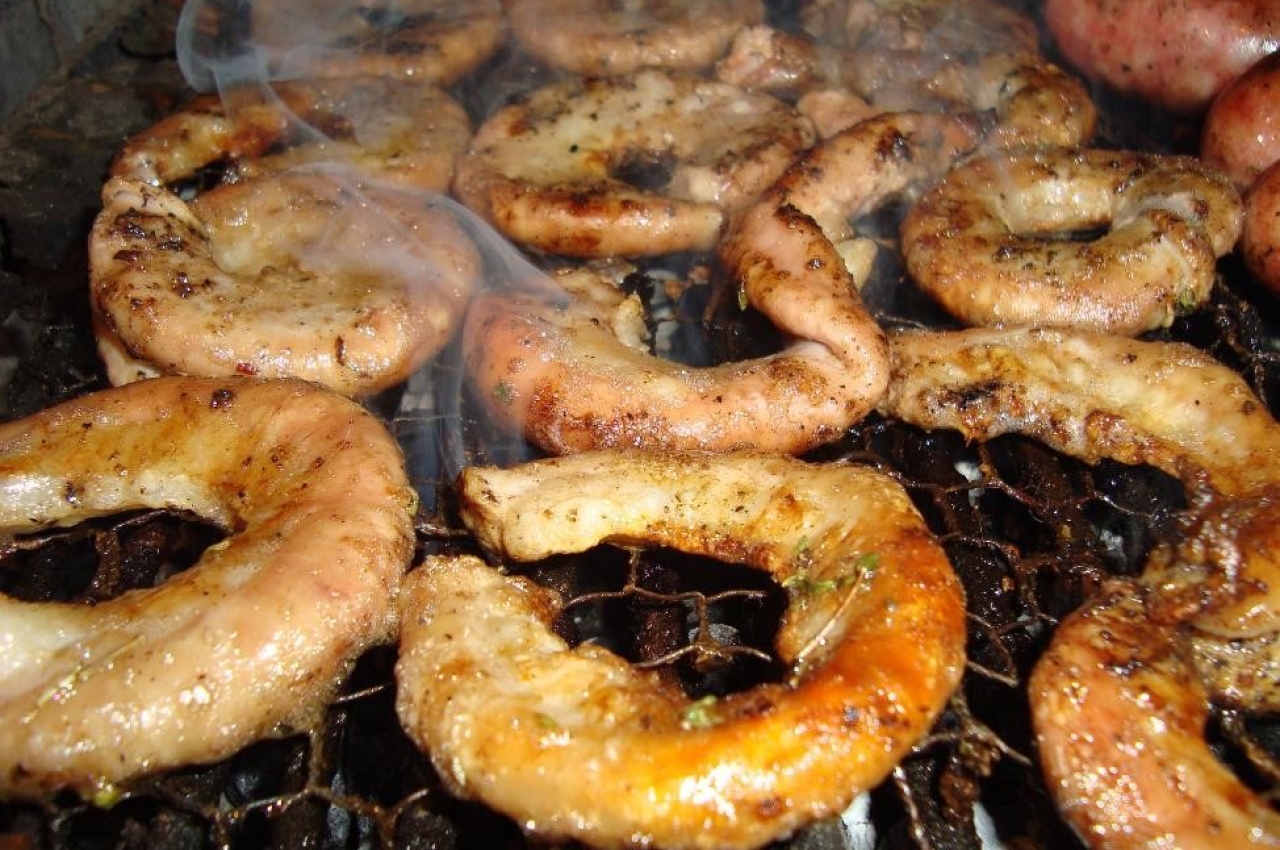 photo by Sebastian Bassi via Creative Commons
photo by Sebastian Bassi via Creative Commons